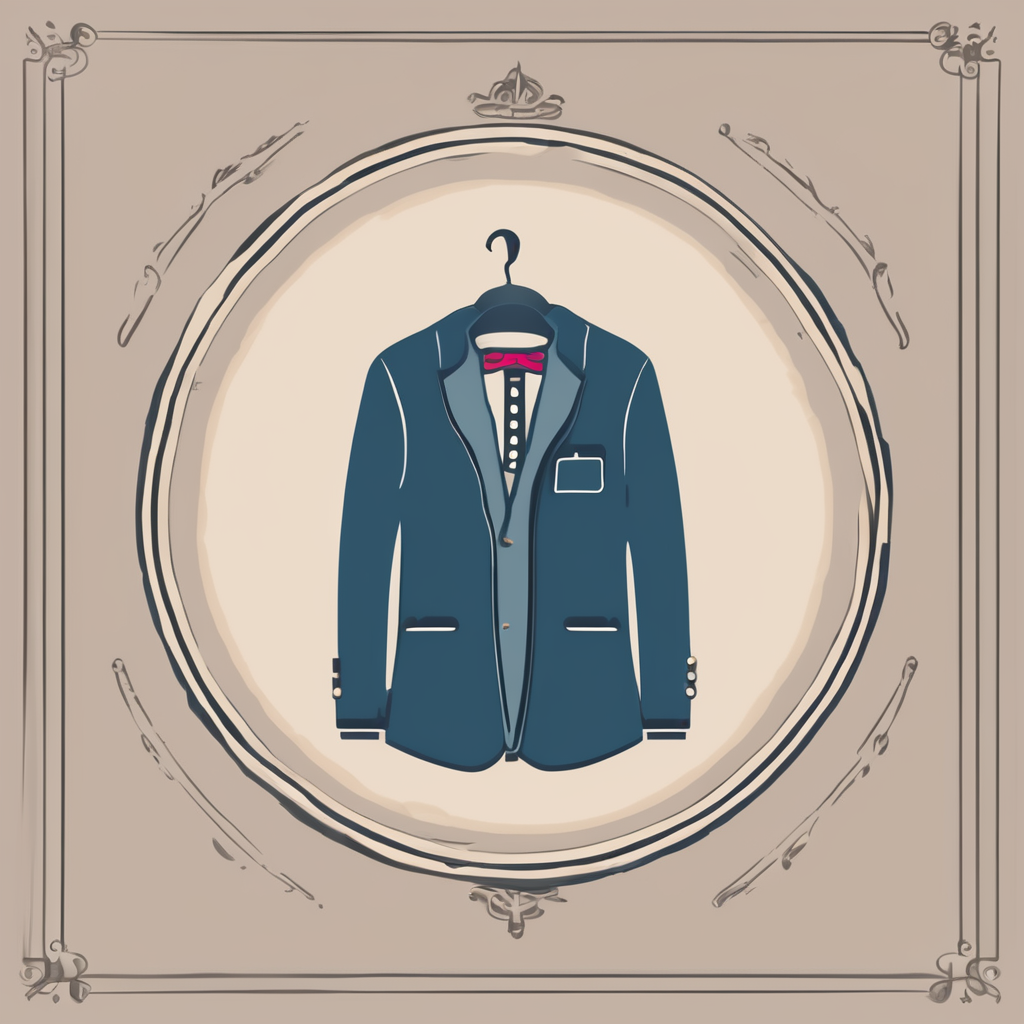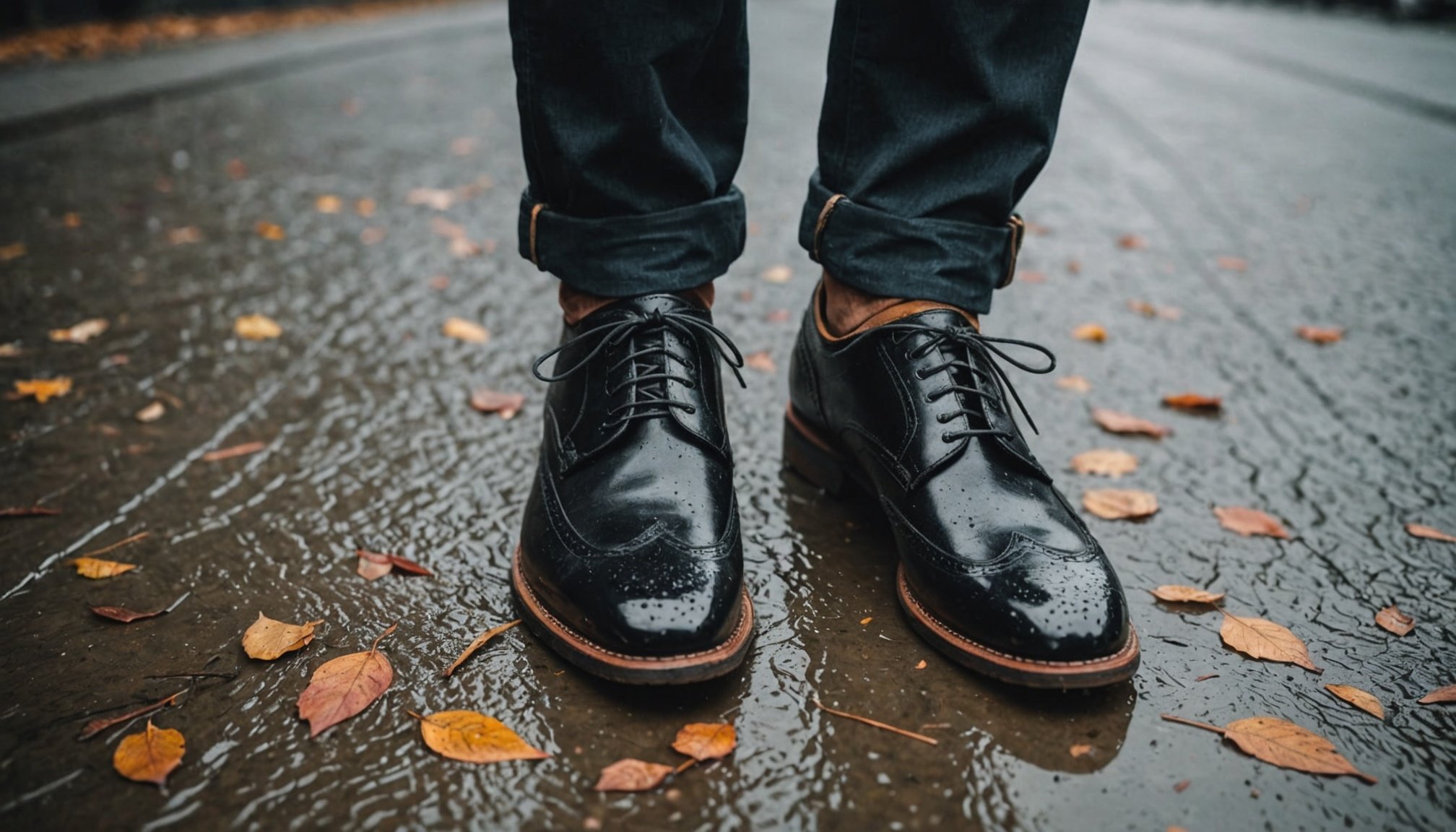Understanding Synthetic Leather
Synthetic leather, often recognised as an alternative to natural leather, is made from man-made materials. Typically, it involves a variety of polymers such as polyurethane (PU) and polyvinyl chloride (PVC), each offering distinct properties. PU leather tends to be softer and more flexible, while PVC is more durable and easier to maintain. These materials are layered over fabric, mimicking the texture and appearance of genuine leather.
The properties of synthetic leather, including its durability and water resistance, make it popular in industries ranging from fashion to automotive. Unlike natural leather, synthetic variants resist water effectively, ensuring extended longevity in various applications. These features contribute to its suitability for products such as shoes, bags, and furniture—a boon for lifestyle items that require frequent cleaning or exposure to varied environments.
In the same genre : Unlock salon-quality at-home nails: your guide to perfect manicures with the best uk products
Environmental considerations are increasingly important. The production of synthetic leather can involve toxic chemicals and significant energy consumption, raising eco-friendly concerns. However, advancements in technology strive to reduce the environmental footprint through sustainable practices and recycling initiatives. Understanding these dynamics allows consumers to make more informed decisions when selecting materials that align with their values.
Importance of Caring for Synthetic Leather Shoes in Rainy Weather
Caring for synthetic leather shoes during rainy conditions is essential to maintain their appearance and longevity. Moisture exposure can lead to deterioration. When synthetic leather absorbs water, it can cause the material to warp or crack over time, reducing shoe performance.
In the same genre : Mastering the Art of Print Mixing: Your Ultimate Guide to Stylishly Combining Patterns Without Clashing
Regular shoe maintenance ensures longevity, especially when dealing with unpredictable weather. By applying waterproof sprays or conditioners, you can shield your shoes from excessive water damage. This initial step not only prevents immediate moisture penetration but also reinforces the surface against prolonged exposure.
Proper shoe care practices, such as keeping them clean and dry, significantly impact their performance. Following wet conditions, it’s advisable to air-dry shoes naturally, keeping them away from direct heat sources which might damage them further. Using newspaper or shoe trees helps maintain their shape while promoting drying.
The long-term benefits of investing time in shoe maintenance include extending lifespan, preserving aesthetics, and ensuring functional durability. Caring for synthetic leather shoes in this fashion mitigates the risk of warping, ensuring they continue to fit comfortably and perform optimally. Proper maintenance thus transforms rainy days from a potential threat into just another weather condition.
Preventive Measures Before Wearing
Before stepping out in wet conditions, waterproofing your shoes is a crucial step in maintaining their longevity and appearance. Using a reliable waterproofing spray provides a protective barrier against water damage. Apply the spray evenly on clean, dry footwear, allowing ample time for them to dry—a minimum of 24 hours is recommended for optimal results.
Selecting appropriate footwear for the terrain and weather can significantly enhance protection. For heavily wet environments, opt for shoes constructed with water-resilient materials, such as treated leather or synthetic fabrics designed for water resistance. These types of footwear often come pre-treated but may still benefit from additional waterproofing treatments.
Timing and preparation play an integral role in shoe protection. It’s best to perform pre-treatment applications before the weather turns bad. If you’re caught in unexpected rain, give your shoes a thorough cleaning and waterproofing treatment as soon as possible to restore their protective properties.
Key takeaways for ensuring shoe longevity during wet conditions include:
- Choose the right shoes for moisture-prone environments.
- Regularly apply waterproofing treatments even if shoes are initially water-resistant.
- Allow sufficient drying time post-treatment to ensure maximum effectiveness.
Cleaning Techniques for Synthetic Leather Shoes
Cleaning synthetic leather shoes effectively requires an understanding of Cleaning Methods and appropriate Maintenance Tips. Adhering to a structured routine is key to extending the life of your footwear.
Basic Cleaning Procedure
Synthetic leather, unlike its natural counterpart, demands gentle care to maintain its appearance. Start by wiping the shoes with a damp cloth to remove surface dirt. Avoid harsh scrubbing to prevent scratches. A simple DIY solution consists of mixing mild soap with water to tackle stubborn spots without damage.
Special Considerations for Rainy Weather
In wet conditions, synthetic leather shoes are more susceptible to water damage and stains. To mitigate this, apply a water-repellent spray which acts as a protective barrier. Post-rain, ensure shoes are dried promptly. Use a clean towel to absorb moisture, and never dry under direct heat, which could warp the material.
Recommended Cleaning Products
Choosing the right cleaning products is crucial. Opt for mild soaps as they clean effectively while preserving the shoe’s texture. Avoid harsh chemicals which can erode the synthetic material. Regular cleaning, tailored to the shoe’s usage frequency, ensures longevity. Products like gentle wipes and specialized synthetic leather care kits receive high recommendations from experts for maintaining shoe integrity.
Drying Techniques After Exposure to Rain
When your shoes get wet in the rain, employing the right drying methods is crucial to maintain their quality. Begin by gently patting them dry with a towel to initiate moisture removal. Avoid using direct heat sources like radiators or hair dryers. While they may seem like convenient options, they can cause significant damage by warping your shoes or cracking materials.
Instead, consider stuffing your shoes with absorbent materials such as newspaper. This method not only aids in moisture absorption but also helps in maintaining the shape of your shoes during the drying process.
Additionally, strategic air drying is beneficial. Place shoes in a well-ventilated area with moderate temperatures — air circulation will naturally expedite drying without risking material distortion.
For shoe care, it’s vital to occasionally treat shoes with leather or fabric conditioners to enhance their resilience against moisture. Remember, each shoe type may have specific instructions, so always refer to any manufacturer’s guidelines for tailored advice.
By following these practices, you effectively safeguard your shoes from potential rain damage, prolonging their usability and keeping them looking fresh for every occasion.
Regular Maintenance Practices
Routine care is crucial for prolonging the lifespan of your synthetic leather shoes. Engaging in proper upkeep can preserve both the appearance and functionality of your footwear. Longevity tips suggest that conditioning synthetic leather is essential. This form of routine care helps maintain the material’s flexibility, thereby preventing cracks and wear over time.
When it comes to maintenance routines, frequency matters. It is advisable to engage in a cleaning and conditioning activity every few weeks. This routine care ensures that dust and dirt do not settle into the material, which can be detrimental in the long run. For upkeep, a gentle detergent or specialised synthetic leather cleaner can be employed.
There are certain signs indicating when shoes require more intensive care. If you observe that the shoes look dull despite recent cleaning, or if creases become noticeable, it’s time for a thorough maintenance session. Regularly checking for these signs and adopting timely upkeep practices can prevent the need for replacements, ultimately saving costs in the long term. By incorporating these longevity tips into your routine, you ensure your shoes not only look good but also last longer.
Common Pitfalls to Avoid
Shoe care might seem straightforward, but common mistakes can lead to unnecessary wear and tear. One frequent error is over-saturating shoes with water during cleaning. While it might seem like a thorough rinse ensures cleanliness, it actually risks damaging the structure, especially in synthetic leather footwear. Proper cleaning involves a careful approach, sparing just enough moisture to dissolve dirt without soaking the material.
Another prevalent issue is misusing cleaning products and methods. Not all products are suitable for every shoe type; for example, products designed for genuine leather may not work well on synthetic alternatives. It’s crucial to read labels and follow instructions specific to your shoe’s material to prevent unintended damage.
Lastly, it’s a common shoe care error to neglect shoes on dry days. Even when weather conditions seem harmless, dirt and dust accumulate, affecting your footwear’s look and longevity. Regular maintenance, regardless of the day’s climate, is vital for preserving shoe quality. Keeping an eye on inevitable wear, such as sole degradation or lace fraying, can ensure you’re addressing problems before they worsen. Avoiding these pitfalls aids in extending the life of your beloved shoes.
Recommended Products for Care
Understanding the right shoe care products is essential for maintaining your footwear. These items include not only cleaning supplies but also effective waterproofing agents that enhance both the durability and appearance of your shoes.
Top Brands for Synthetic Leather Care
When it comes to synthetic leather, choosing from reputable brands ensures quality. Specialized cleaning supplies can help in removing dirt and stains, improving the look and prolonging the life of the material. Seek brands known for their eco-friendly and effective products.
Specialty Cleaners and Conditioners
Specialty cleaners and conditioners play a crucial role. They address specific concerns, such as scratches and dullness, that regular cleaning agents might not. Using these targeted shoe care products, synthetic leather can maintain its shine and integrity.
Waterproofing Sprays
Waterproofing agents, especially sprays, act as a protective barrier against moisture. Opt for products reviewed favorably for their effectiveness and versatility. The choice between high-end solutions and budget-friendly options can depend on individual priorities and how often the product will be used.
By prioritizing these essential elements, synthetic leather accessories can be both protected and aesthetically pleasing over time.











